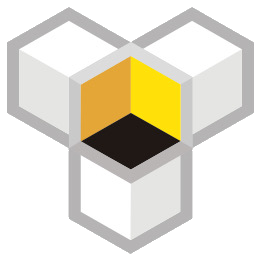Guide to Website Clustering Technology
1. Cluster Definition
A cluster refers to multiple independent sites with similar themes, using a chain wheel strategy to direct links.
2. The Role of Clusters
2.1 Attracting more potential users: Clusters can help obtain higher rankings for keywords in search engines, attracting more potential users.
2.2 Providing external link support for the main site: Each website in the cluster can provide long-term effective external link support for the main site, quickly increasing the target site's weight and keyword ranking, achieving high-quality traffic acquisition.
2.3 Suppression of negative information: Clusters can capture user traffic, allowing users to see more positive information and avoiding negative information that may impact the website.
3. Cluster Construction
3.1 Domain Selection for Clusters: It is recommended to use old domains to avoid registering entirely new domains, ensuring unique whois registration information and avoiding search engine penalties.
3.2 Program Selection for Clusters: Consider stability, proficiency, and security.
3.3 Space Selection for Clusters: Ensure space stability, diversify IPs, and avoid concentration in a specific IP range.
3.4 Keyword Strategy for Clusters: Promote keywords with lower competition.
3.5 Cluster Content Planning: Similar to the main site theme, avoid directly mirroring or collecting highly repetitive content from the Internet.
3.6 Cluster Template Selection: Simple, emphasize key content, ensure user experience.
4. SEO Optimization of Clusters
The page title, keywords, and description tags of the cluster need to be carefully filled out; website URLs need to be static; internal structure optimization of the site; homepage keyword layout and density optimization; adding tags and attributes to the homepage.
5. Notes on Using Clusters
5.1 Conceal cluster domain registration information, maintain different names, addresses, emails to avoid duplication; use different IP addresses for servers, and avoid having the same website contact information.
5.2 Avoid cross-linking between clusters, plan the cluster structure well.
5.3 Avoid duplicate content, it is recommended to split the main theme into multiple sub-themes for the cluster.

